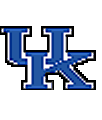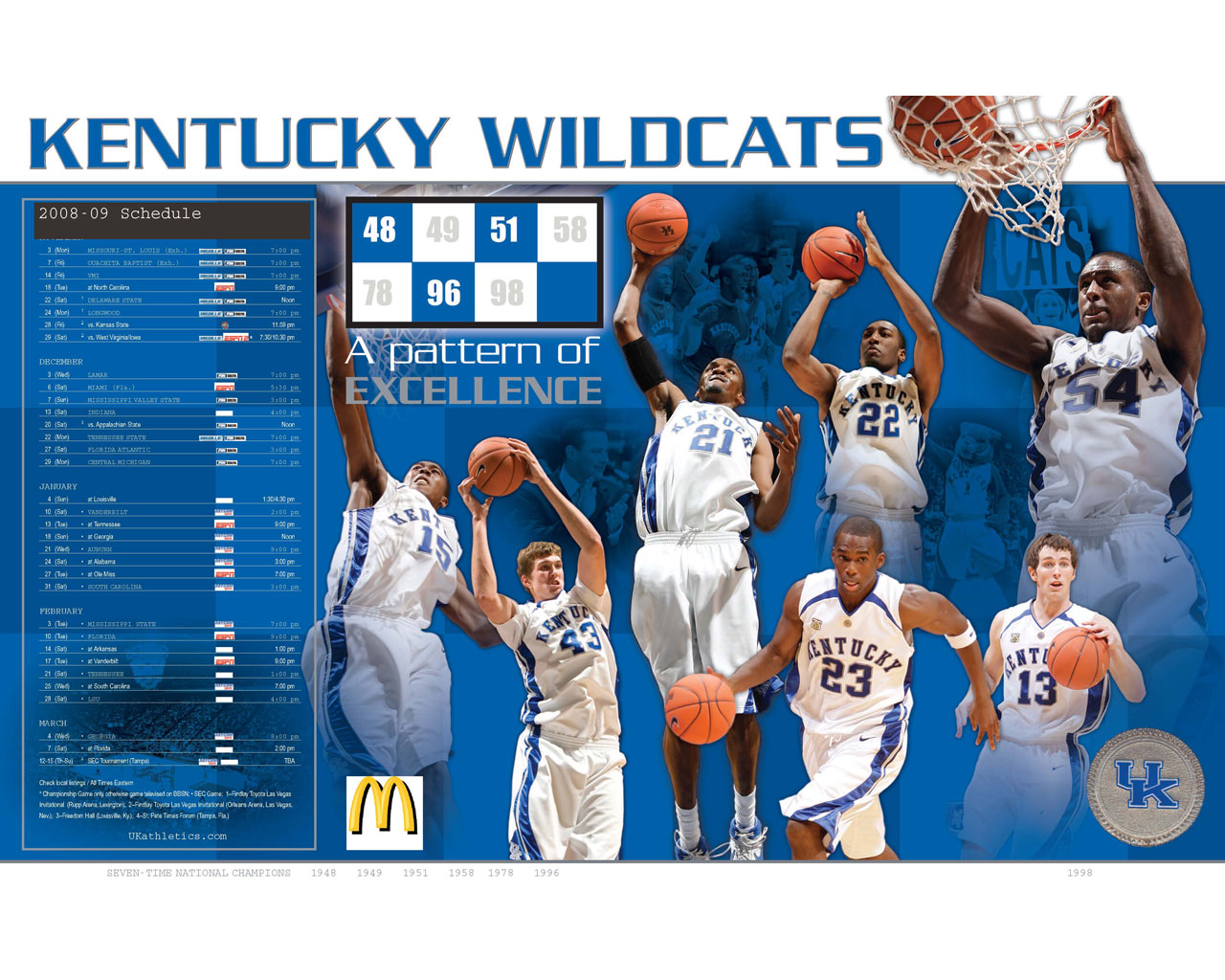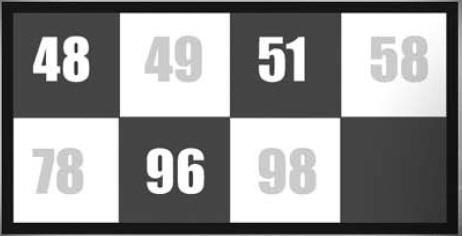BIG BLUE FANS FOR

BASKETBALL
2012-13 Season Analytical Writings
38
The Nerlens Noel Affect
On Tuesday, February 12, the Kentucky Wildcats were not a team on the same level as Coach Calipari's first team (Elite 8 Losers to West Virginia) that finished 35-3 and #3 in Pomeroy. No one with a clear head would have argued that this team had matured into a team comparable to Coach Calipari's previous team that finished 38-2, #1 in Pomeroy, and as National Champions. Many people longed to compare this team to the 2010-11 group that stumbled their way through the majority of the SEC season, but finished as winners of the SEC Tournament, and taking UK back to the Final Four for the first time since 1998.
The numbers did not provide a great comparison of this team with 2011, but some people continued to argue that his team was at least similar to the 2011 team. That team ended the season #6 in Pomeroy, and lost in the NCAA Final Four to eventual Champion Connecticut. A closer examination, a closer comparison to the 2011 team lends some support to the argument that this team, as of February 12, could at the least, hold its place in such a discussion about their 2010-11 cousins in Pomeroy and was riding a season high five game win streak on its trip to Gainesville.
Despite their up and down season to that point, they held a 17-6; 8-2 record, and there was an argument that could be made that this team would legitimately return to a top 10 Pomeroy rating now that they appeared to solve their main team issues. The 2012-13 disappointment was deep as the team carried their 5 game win streak to Gainesville, and this disappointment was anchored in home losses to Baylor and Texas A&M, more than the 8-2 SEC record prior to that Florida trip. However, this disappointment was also framed by the 2011-12 national championship that occurred on the heels of an Elite Eight and Final Four finish the first two seasons. The fans held tight to a general belief that #18 Pomeroy rating was an overstatement of the team's first 23 games. However, the efficiency of the team, not the W-L record or the disappointing pair of embarrassing home losses was solid at #18 despite the general pessimism that permeated the Big Blue Nation in early February.
In 2010-11, with 8 SEC games remaining, the Cats stood at 16-6; 4-4 following a disappointing road swing through Mississippi and Florida that produced a pair of 2 point losses. That team entered the next game, against Tennessee at Rupp, with a #7 Pomeroy rating. Most fans at that point did not believe the #7 rating, and argued that the Cats were not a top 10 team at that point. This disappointment was anchored in the 4-4 SEC record was couched by the 2009-10 instant success of the Calipari debut season, thus the general belief that #7 was an overstatement of the team's rank after 22 games. However, the efficiency of the team, not the W-L record, was solid, much more so than the 16—6 record appeared to the average Big Blue Fan.
The above summary of comparisons of 2013 and 2011 has a much stronger subjective tone than this objective analyst prefers, and old habits do die hard. After 22 games in 2011, the Cats had an offensive efficiency of 1.125 points per possession (ppp) and a defensive efficiency of 0.914 ppp. That produces a Net Game Efficiency of 0.211 ppp against a difficult schedule, 0.6995 per Pomeroy at the time. This team, through 23 games, had an offensive efficiency of 1.079 ppp and a defensive efficiency of 0.922 ppp. That is a Net Game Efficiency of 0.158 ppp against a schedule strength through Florida this year of 0.6209 per Pomeroy. Yes, this team was not as strong as 2010-11, but the #18 rating was not a #7 rating either, and the relative strengths of each team to the competitive fields in those seasons fully justify the #7 and #18 ratings.
The key comparison is what happened with each of these teams over the remainder of the seasons. The 2010-11 team changed for the better. It finished the year with 9-2 through the SEC tournament, and won the SEC Tournament before advancing to the NCAA Final Four where their season ended, in disappointment, to Connecticut. The 2012-13 team changed, not for the better. It has finished the year with 4-4 record through the SEC Tournament, losing in its first appearance to a weak Vanderbilt team. This team is now only able to dream of an opportunity to appear in an NCAA game, and no one believes this team could pose a serious risk to that field of opponents.
The objective measures of these respective finishes drive the point home. After the 24 th game in 2011, the Cats had an offensive efficiency of 1.132 points per possession (ppp) and a defensive efficiency of 1.012 ppp. That produces a Net Game Efficiency of 0.121 ppp against an imposing closing schedule, 0.8656 estimated average Pomeroy. This team, after the 23 rd game, had an offensive efficiency of 1.040 ppp and a defensive efficiency of 1.059 ppp. That is a Net Game Efficiency of -0.019 ppp against a more difficult, but less imposing closing schedule, 0.7841 estimated average Pomeroy. This team folded its tents and mailed in the finish while the 2010-11 team learned how to win those close games away from Rupp. The 2010-11 team finished as final four participant, a #4 Pomeroy season ending rating, and defeated the consensus #1 team, Ohio State in the big dance in the process. This team finished a one and done team in a weak SEC tournament field and a #45 Pomeroy rating.
All of this begs the question: Did fans have an objective basis for their pre-game 24 optimistic outlook (hope) for this team, or has this finish been simply a logical extension of their effort and results through 24 games?
I have never seen the loss of a single player impact a team as significantly as the loss of Nerlens Noel in game 24 affected this team. The closest comparisons in my UK history are the 1997 loss of Derek Anderson, the 1970 loss (off season) of Mike Casey), and the 2003 loss (in Tournament) of Keith Bogans. But, when Nerlens Noel went down in Gainesville, his loss seemed to rip the heart and the soul out of this team. Short an all out press by Coach Calipari and his staff to boost the mood of the team, post Nerlens Noel, this team lacked the will to finish the season without their best player.
Let's call it, The Nerlens Noel Affect .
Submitted by Richard Cheeks


Submitted by Richard Cheeks
![]()
To Who Will Contend For The 2013 Title
Go Back
To Cats Make Cameo Appearance In Falling To Vandy in SECT
Copyright 2013
SugarHill Communications of Kentucky
All Rights Reserved